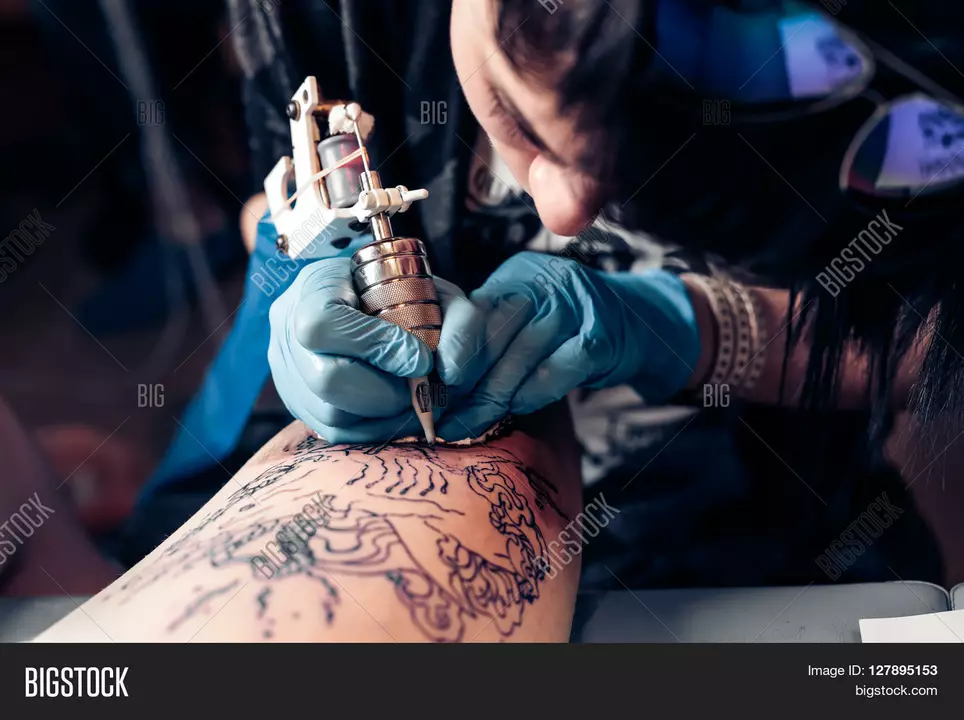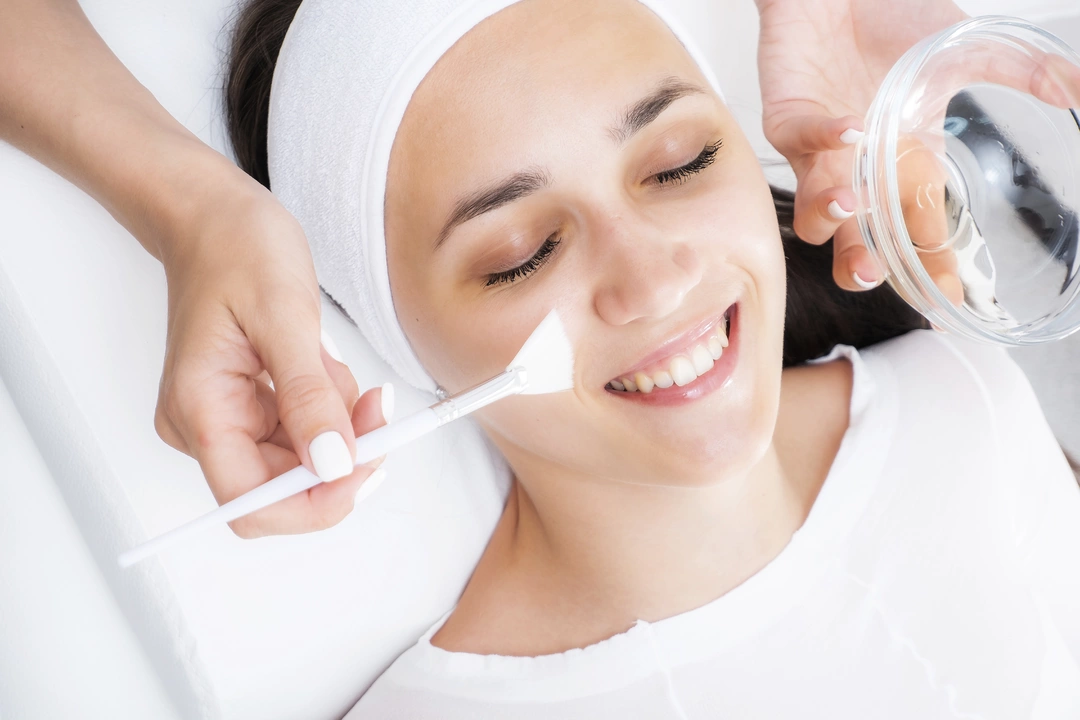Beauty and Skincare Tips for Everyday Glow
If you want skin that feels good and looks fresh, the right routine is more important than any expensive product. Start with the basics: clean, protect, moisturize. A gentle cleanser removes dirt without stripping natural oils, sunscreen shields you from UV damage, and a light moisturizer keeps the barrier happy. You don’t need a dozen steps—just consistency.
Why Proper Skincare Stops Dermatitis Before It Starts
Dermatitis often shows up when the skin’s barrier is compromised. That can happen if you skip moisturizing, use harsh soaps, or expose yourself to irritants. A simple daily routine cuts that risk dramatically. After washing, pat your face dry and apply a fragrance‑free moisturizer within minutes—this traps water in the skin and reduces inflammation.
Choosing products that match your skin type is key. If you have oily skin, look for non‑comedogenic formulas; if it’s dry, go for richer creams with ceramides or hyaluronic acid. Avoiding known allergens like certain preservatives can keep flare‑ups at bay. Think of your skin as a garden: feed it the right nutrients and it won’t invite weeds.
When you’re out in wind or cold, protect your hands with gloves and use barrier creams on exposed areas. Even simple changes—like swapping laundry detergent for a hypoallergenic version—can make a big difference. If a rash appears, stop using new products and give your skin a break; most irritant dermatitis improves within a few days of eliminating the trigger.
Thinking About Ink? What Chloasma Means for Your Tattoo
Getting a tattoo is exciting, but if you have chloasma (also called melasma) you need to plan ahead. Chloasma creates dark patches that can change how ink looks over time, especially when the area gets more sun exposure.
Before you book an appointment, talk openly with your artist about any history of chloasma. They can suggest placement away from heavily pigmented zones or use colors that blend better with existing shades. Wearing sunscreen daily—even on tattooed skin—helps keep both the pigment and chloasma from darkening.
If you’re prone to hormonal changes (like during pregnancy or when taking birth control), consider waiting until your skin is stable. Hormones can trigger new patches, which could alter the tattoo’s appearance months later. A short break after a fresh tattoo to let it heal before applying any strong topical treatments also protects against irritation.
In practice, a quick patch test on a small area can show how your skin reacts to the ink and aftercare products. If you notice any excessive redness or swelling, consult a dermatologist before proceeding. This extra step saves you from regret down the line.
The bottom line? Good skin care isn’t just about looking good; it’s about preventing problems before they start. Stick to a simple routine, choose gentle products, and be mindful of special conditions like chloasma when planning tattoos. With these habits in place, you’ll enjoy healthier skin and fewer surprises.


